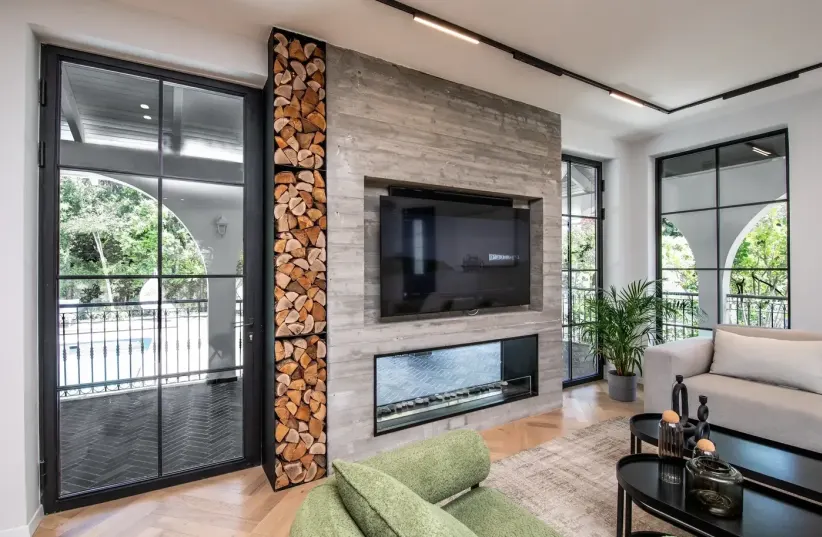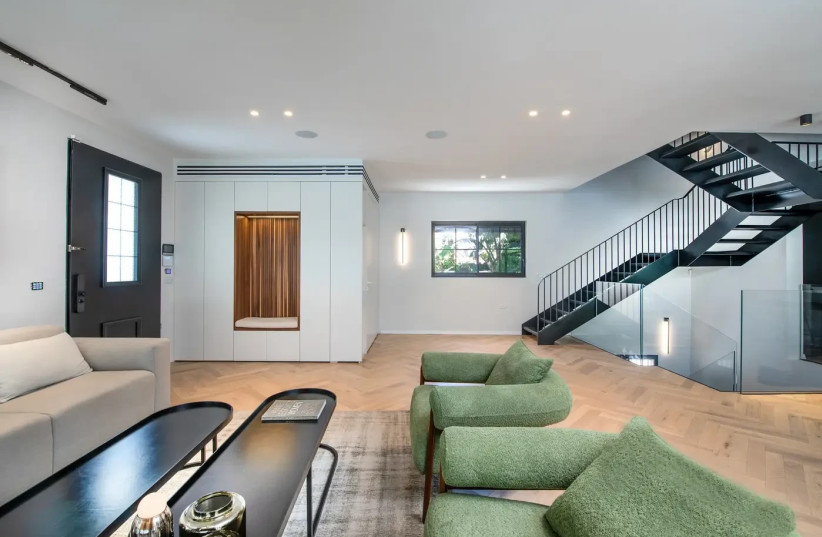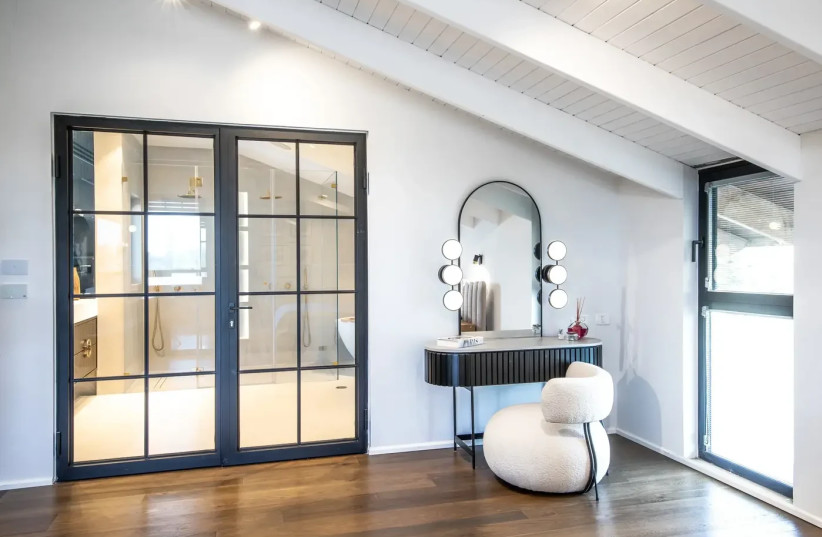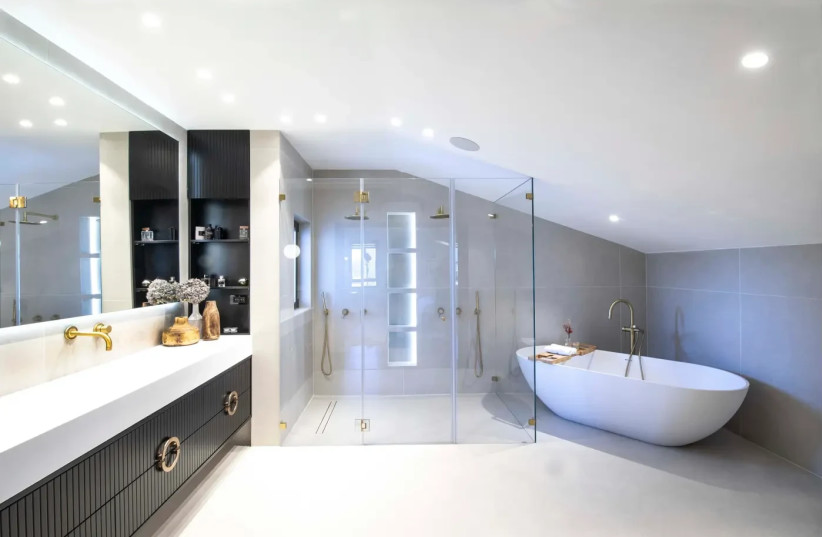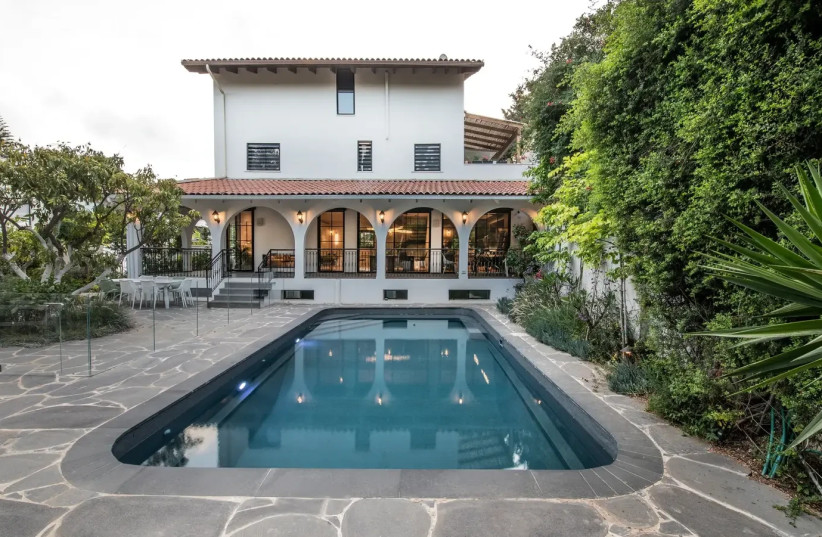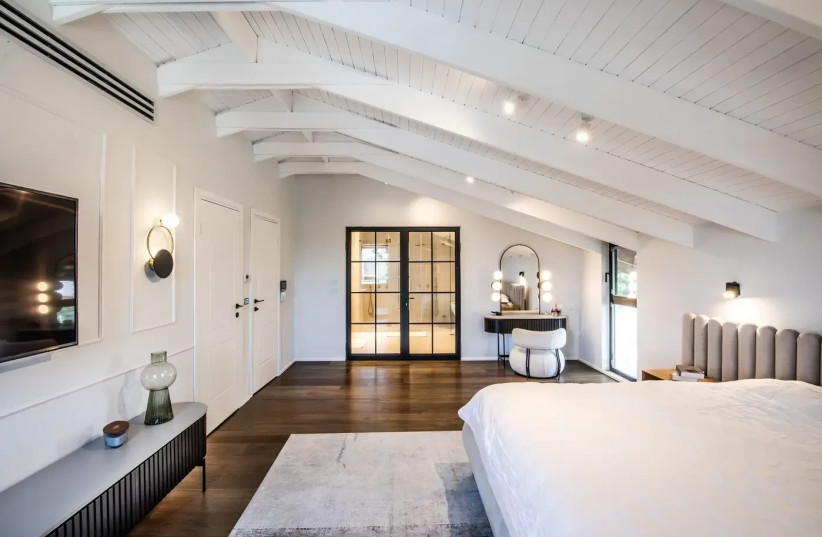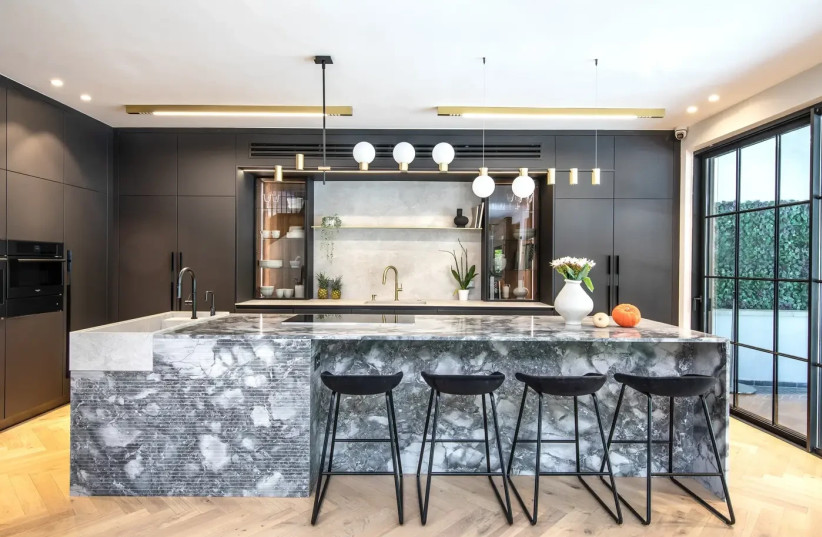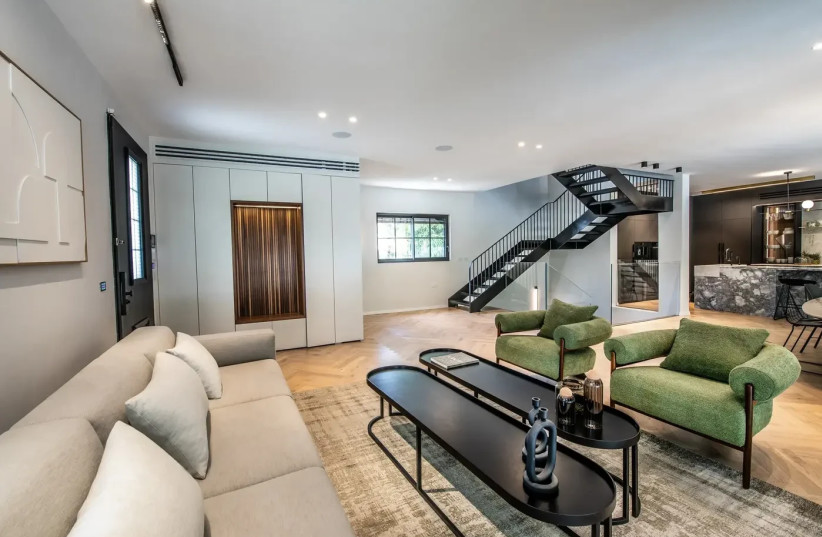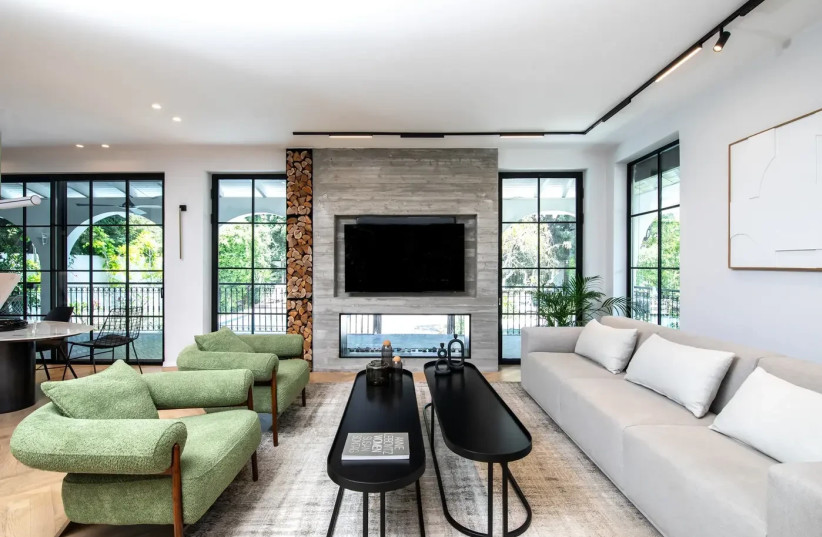Where: One of the Sharon cities
For: A couple in their 30s with two small children
Architectural design: Architect Boaz Snir
Design and clothing: Ayelet Shabo
Photography: Ran Erde
Welcome to a house built in the 80s of the last century, purchased by a couple with two children and recently renovated from the ground up to suit their needs. Before finding it, they contacted the architect Boaz Schnir and together with him they examined several properties - the romantic arcade that adorns the perimeter of the facades is what ultimately defeated the Cape.
"When we visited the house for the first time, it naturally looked old-fashioned, but it was hard to ignore the potential inherent in it - the impressive architectural structure, the large yard, the number of rooms and the size of the spaces formed an excellent planning platform and in the end we adapted the house exactly to the taste and needs of the family. In the next step, the interior designer Ayelet Shabo joined the process - I focused on the dismantling and changes of the constructive elements and the division of the interior, and she on the choice of materials and the dressing of the house," recalls Snir."
"Before the renovation, the house (which is spread over 4 levels) included quite a few engineering components that clouded the division of the spaces and required care, for example supporting columns in the center of the public space that created a separation between the kitchen and the living room. Moreover, from the entrance hall, those who entered directly into the kitchen space and this The architect asked to change: "The columns created a barrier between the functions and in addition, it makes much more sense for the living room to be the first space to be exposed to, so we changed the locations: now the living room and the dining area are at the front of the house and the kitchen is located on the inside of the floor and also includes a large pantry which is entered through a hidden door in the front of the furniture. This is how we created a spacious and continuous space, without columns and beams, and as such it is open and ventilated."
Another notable element that has changed completely is the staircase that accompanies the floors: "We replaced the old-fashioned concrete staircase with a modern steel staircase. At the entrance to the house, I designed guest toilets that I wrapped in permanent carpentry - a kind of wooden box that in the part closest to the front door combines cabinets, shelves and drawers and a bench for locking shoes.
Beyond it there is a hidden door that leads to the toilets themselves, a decorative niche with a hidden mirror and lighting and a designated area where the communication panels of the audio-video and smart home systems are hidden."
The Spanish arches that decorate the facades of the house, the ones that enchanted the new owners, were decided to be preserved and they received a colorful upgrade: "Before the renovation, the house was painted entirely in cream, brown and earth colors, which we chose to replace with a modern palette based on shades of gray, white, black and light brown. The facades They were painted in a light shade and the brown wooden beams around the perimeter were painted opaque white so that they actually add design cleanliness and make the house modern and contemporary."
"Thinking was done here on how to create an elegant and luxurious yet warm and cozy home, a homely living environment that is chic and modern on the one hand, but at the same time not too shabby and very inviting. We left the original tile roof intact - it was in good condition and greatly added to the authenticity of the building, so We also preserved the past and incorporated relevant additions that are faithful to the present and will aspire to be relevant in the future as well."
"The original openings, the small showcases, and the heavy pocket doors that led to the courtyard we changed and expanded significantly in order to create as few intermediate connections as possible between the two arenas. In general, throughout the entire planning process we worked to find the optimal viewing directions from every angle: what is the image that unfolds before the eyes in each of the The corners of the house and how all the elements manage to produce symmetry and harmony together and maintain a material and color balance. We also focused on ways to bring in as much natural air and light as possible and examined how they would blend in the various wings of the house throughout the day.
"We replaced the traditional entrance stairs at the front of the lot with modern asymmetrical floating stairs made of local basalt stone between which we installed hidden lighting. We also changed the outdoor flooring to basalt blocks - a local stone from the north of Israel. The heavy wooden door at the entrance was replaced with a modern-classic iron door and as a whole, we made sure to incorporate some more natural and local elements and materials in order to give the house an authentic and rooted look without giving up European and modern nuances. Olive and citrus trees were planted throughout the garden and the old pool underwent a comprehensive renovation as part of which we replaced the outdated cladding and installed a standard glass railing around it."
The four levels are divided into a basement floor that serves as a service floor; The entrance floor is where the living room, dining area and open kitchen are located, as well as the guest services. On the first floor, the bedrooms were designed for the children who share a common bathroom as well as a bedroom for guests; On the top floor, a large master was designed for the parents.
"Similar to the entrance floor, we also changed the entire distribution of the rooms on the living floors, which made the rather messy space flowing and logical. We created large, bright bathrooms that enjoy natural air circulation, we replaced the old railings with modern ones, and we created an intimate family corner on the children's floor. To add a dimension of warmth, we used the floor Parquet on all floors, while for the entrance floor we chose a three-layer oak parquet in a fishbone pattern and for the room floors in oak planks in a dark shade and varying sizes."
"The sloping wooden ceilings in the attic, where, as mentioned, the parents' master bedroom is located, were painted white - a choice that intensified the feeling of openness in space and height. We designed for them an open loft space on the one hand and an intimate one on the other, which includes a sleeping area, a closet, a bathroom and a make-up corner - separate functions that are connected thanks to For use with transparent glass doors. The profiling in this area matches the one we chose for the doorways of the house, it is made of aluminum with rectangular partitions and adds another layer to the space that is very reminiscent of the Bauhaus style."
